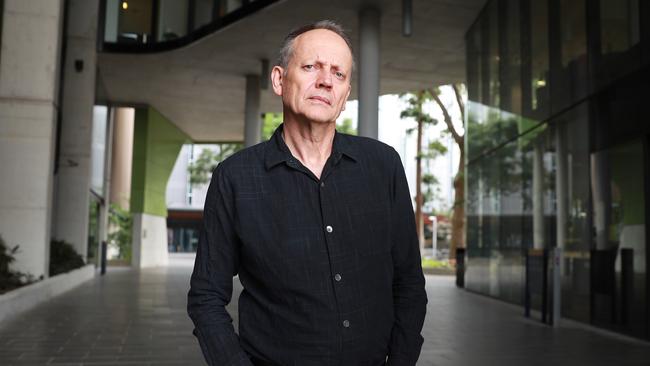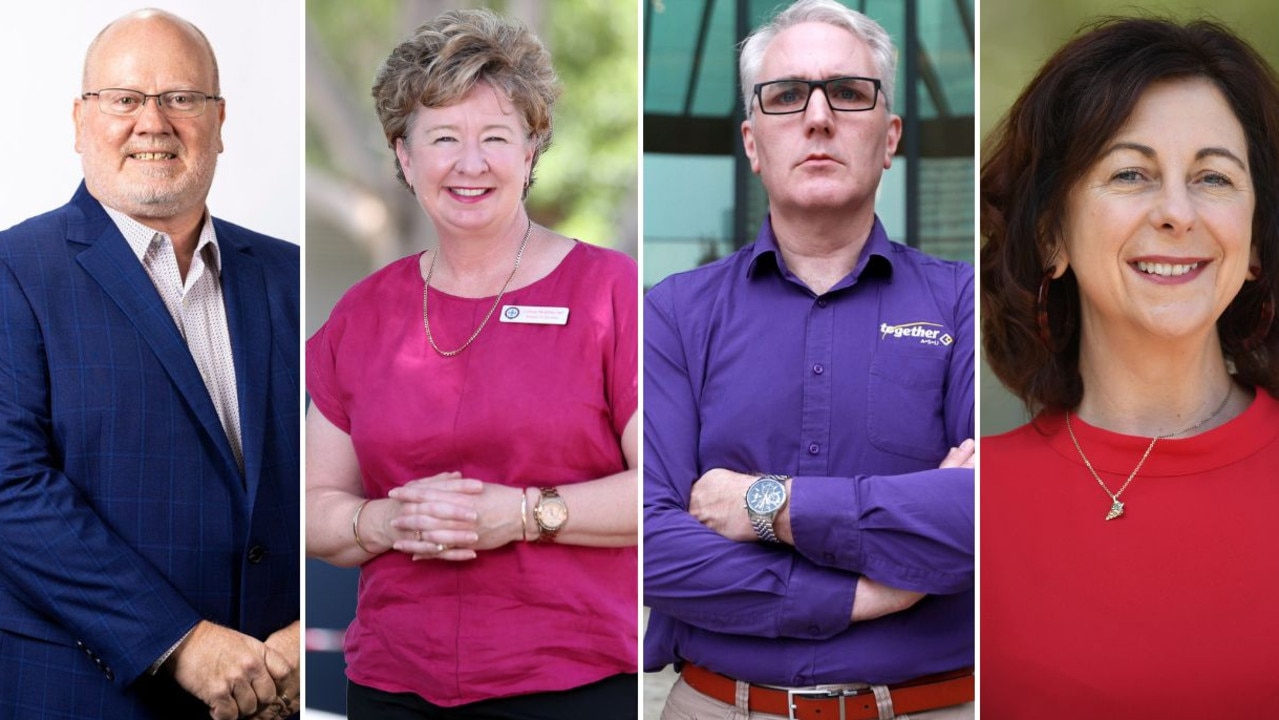Coronavirus: Sydney given hope as infections ease
Infectious diseases expert ‘optimistic’ Sydney can limit coronavirus spread and avoid major outbreak.

A leading infectious diseases specialist is “optimistic’’ Sydney can limit the spread of the coronavirus and avoid a major outbreak given recent falls in the rate of COVID-19 infections.
Greg Dore of St Vincent’s Hospital said there was evidence the Morrison government’s gradual shutdown strategy was working in the city, which has the most cases in Australia, and that the majority of patients were being managed outside the hospital system.
His comments came as Victoria’s Chief Medical Officer, Brett Sutton, said there was a “window of opportunity’’ to limit the spread of the virus. He believed total cases nationally could be limited to 15,000 if people continued to strictly adhere to social-distancing measures.
There were 284 new cases in the 24 hours to 6am on Monday, bringing the total infection count to 4093. The ACT and Tasmania both recorded their first deaths from the disease on Monday. Both were women aged in their 80s.
While the rate of new infections a week ago was rising at about 25 to 30 per cent a day, the rate of increase on Monday had dropped to about 10 per cent.
Professor Dore said he was “relatively optimistic’’ about the course of the disease based on the slowing pace of infections and measures requiring all new arrivals to be quarantined for 14 days.
Two months after the first case of COVID-19 was diagnosed in Australia, Professor Dore said there was “some evidence’’ Sydney was flattening the curve. “The number of new cases per day has been relatively stable over the last five days,’’ he said.
Professor Dore, who is also the head of the University of NSW Kirby Institute, revealed that from next week the testing criteria for COVID-19 would be expanded to include anyone who lives in a coronavirus hotspot, such as Bondi in the city’s east, and who has symptoms compatible with the disease.
Professor Sutton said limiting the impact of the disease would require continued strict social distancing. “We can cap cases in Australia at 10 to 15,000,” he said. “The alternative is hundreds of thousands (of cases) and that means hundreds of deaths or thousands of deaths. So to save hundreds and thousands of lives, this is the time to act.”
Australia’s Deputy Chief Medical Officer, Paul Kelly, said it was not a time “to take our foot off the brake’’. “We really need to redouble our efforts to make sure as a society we are doing everything we can to slow the spread of the virus. This is about saving lives,” he said.
On Sunday the Morrison government announced a further tightening of restrictions, limiting all social gatherings to two people.
The move followed a decision last week ordering all inbound passengers to Australia to undergo two weeks of forced quarantine in a hotel.
The moves were part of the Morrison government’s gradualist approach to the crisis, an approach criticised by some as being slow and tentative.
Professor Dore said there were indications the incrementalist strategy was beginning to work.
“I’m pretty supportive of the phased-in approach,’’ he said. “The fact that we’re flattening the curve is very encouraging.’’
While figures published by the NSW Health Department showed that the rate of new infections was stabilising across the state, some suburban hotspots were recording exponential rises.
New infections in Waverley in Sydney’s eastern suburbs increased to 137 on Monday, up from 105, while new cases on the northern beaches jumped from 35 on Friday to 68 on Monday.
However, across each state and territory there has been a broad stabilisation trend in case numbers.
Rob Moss, one of the experts contracted by the federal government to undertake modelling on the spread of COVID-19, said he was also optimistic about the apparent slowing in case numbers.
Dr Moss said the impact of social-distancing restrictions would not be seen for another week, but the slowing in the number of new cases provided some hope.
“I’m cautiously optimistic that, especially if people continue to adhere to the physical distancing, we should be able to get this under control. But it’s too early to say whether that’s the case right now,” he said.
University of Melbourne biostatistics expert Nic Geard said there were grounds to be cautiously optimistic “in that the numbers aren’t going up as rapidly’’. “The numbers could be a lot worse at the moment,” he said.
A total of 55 COVID-19 patients are in ICU units across the country. The federal government’s latest epidemiological report showed only a quarter of those diagnosed with COVID-19 require hospitalisation.
Professor Dore said many of the patients being managed by St Vincent’s were being cared for at home. His clinic was managing more than 100 coronavirus patients in the community and, while some required inpatient treatment, the vast majority had been successfully managed at home.
Professor Dore said a pop-up testing clinic at St Vincent’s Hospital in Sydney’s Darlinghurst tested about 1500 patients a week. Of those, just 2-5 per cent tested positive.
He said with the government having effectively cut off the flow of fresh COVID-19 cases entering the community from overseas, the battle would be to contain its transmission in the community.
“The next week will be crucial because we’re expanding the number of people who can be tested,’’ he said.
Of the most concern was the older cohort of patients, Professor Dore said. He said it was not uncommon for older people suffering from COVID-19 to experience a deterioration in their respiratory symptoms in the second week of the disease.
He said patients would soon start receiving oximeters, which measure oxygen saturation levels, in order to monitor their symptoms at home.
He said his clinic was looking after three categories of patient — returned travellers, people who contracted the disease from a known contact and unknown sources of transmission.


